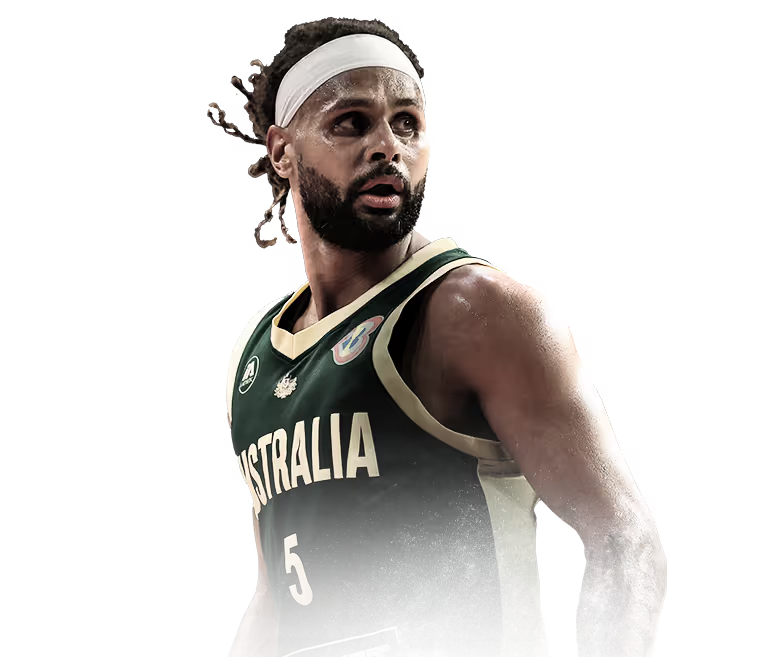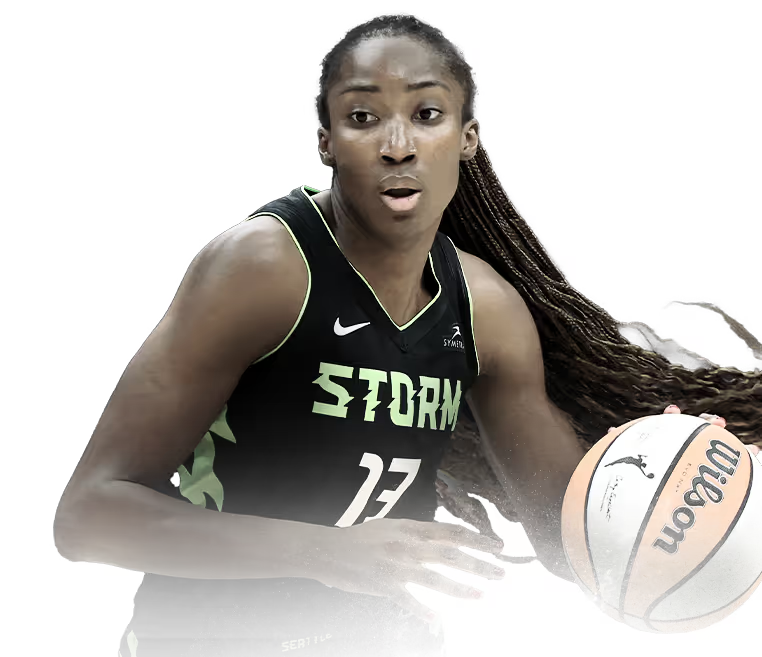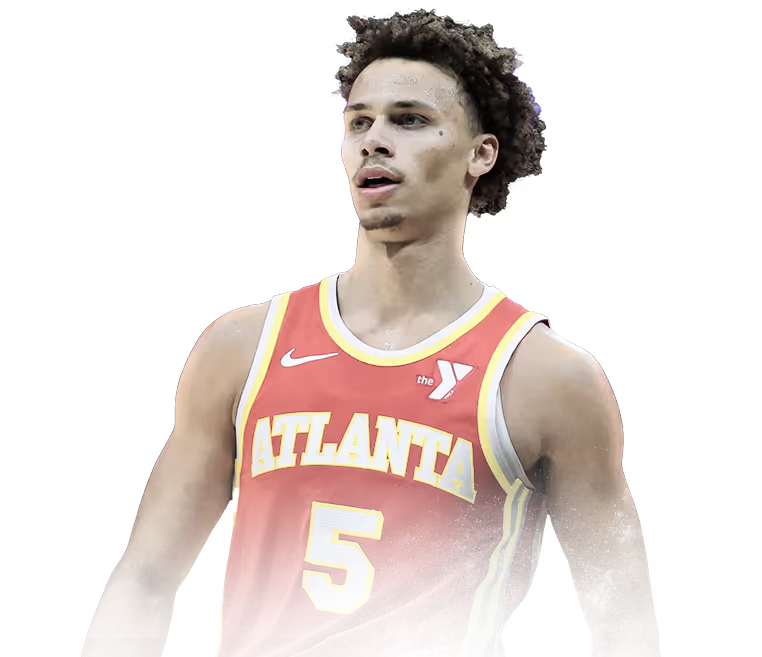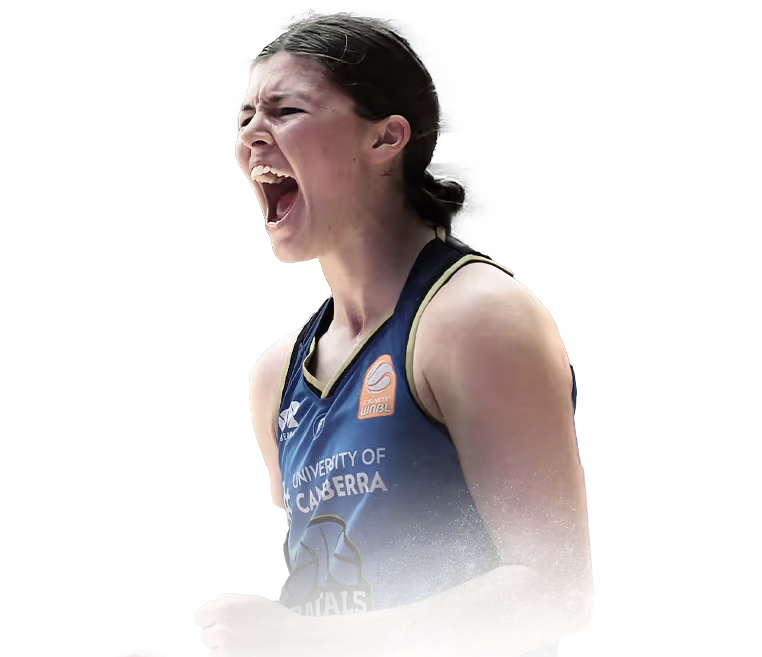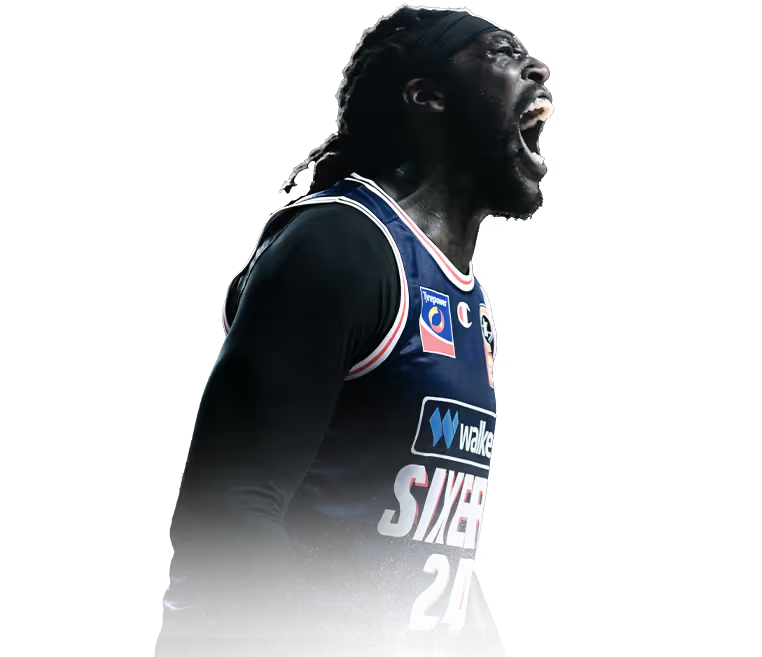

5
Oct
In-Depth Explainer
Inside EuroLeague: Teams, 'tifos', format and fan culture
Everything you need to know about the EuroLeague — rules, format, clubs, stars, and where to watch.
Europe’s top men's basketball competition isn’t just a collection of club teams playing across borders — it’s a continent-wide showcase of tactics, rivalries and relentless intensity. The EuroLeague blends the precision of European coaching with the fire of local fanbases, producing some of the sport’s most atmospheric games.
For Australian fans used to the NBL or NBA rhythm, the EuroLeague offers a different kind of theatre — slower in pace, richer in strategy and often decided by inches rather than highlights. It’s a league where every possession matters, and every arena feels like a fortress.
Here’s how it all fits together.
What is EuroLeague Men’s Basketball?
The EuroLeague is Europe’s premier men’s professional basketball competition, contested by the continent’s leading clubs. It sits above domestic leagues and serves as the highest level of club basketball outside the NBA.
Each season, top teams from Spain, Greece, Italy, Turkey, France, Germany and other markets play a long campaign that crowns Europe’s champion. The EuroLeague combines domestic heavyweights with emerging programs, offering a bridge between national competition and global exposure.
History and Evolution of the Competition
The EuroLeague traces its roots to 1958, when Europe’s champions began competing under FIBA’s supervision. For decades, it ran as the FIBA European Champions Cup before being renamed and reorganised several times through the 1990s.
A major turning point came in 2000, when European clubs and leagues formed their own governing company, breaking away from FIBA’s direct control. That split created the modern EuroLeague structure — a competition run by the clubs themselves through Euroleague Basketball S.L.
Since then, the league has evolved from group phases and knockouts to a true round-robin season, where every team faces every other home and away. Media rights deals, commercial partnerships and digital coverage have expanded the brand into new markets, with the Final Four becoming one of Europe’s signature sporting weekends.
Governance and Organisation Structure
EuroLeague operations are managed by Euroleague Basketball S.L., a private company owned primarily by the clubs that hold long-term licences. Those clubs form the backbone of the league’s decision-making body, known as Euroleague Commercial Assets (ECA).
The ECA oversees competition rules, scheduling, finances, and the commercial partnership with IMG, which handles broadcast and sponsorship sales. Below the EuroLeague sits the EuroCup, a second-tier competition whose top performers can earn entry into the top flight.
This club-led model gives Europe’s biggest teams direct control over how the league is run, balancing competitive integrity with long-term financial planning.
Licensing and Qualification Pathways
Unlike domestic leagues with promotion and relegation, the EuroLeague uses a hybrid access model:
- A-Licences grant long-term participation to leading clubs, ensuring commercial stability.
- B-Licences and Wildcards are issued to teams based on performance, market potential or strategic value.
- The EuroCup champion usually earns a one-season invitation.
Occasionally, national champions or high-performing clubs without a licence may be added to fill vacancies. All entries are subject to financial, arena and operational standards.
It’s a structure designed to preserve consistency while leaving room for emerging programs — a balance between sporting merit and business viability.
Season Calendar, Format, and Schedule
The EuroLeague season runs from early October to late May. In its modern format, 20 teams compete in a double round-robin schedule — each plays every other club twice, once at home and once away, totalling 38 regular-season games.
Games are typically played Thursday and Friday nights in Europe, translating to early-morning tip-offs for Australian viewers. The top eight advance to the playoffs, while the bottom clubs reset for the next campaign.
The format rewards depth, consistency and travel endurance — a nine-month grind that tests mental toughness as much as skill.
Regular Season, Playoffs, and Final Four Explained
At the end of the regular season, the top eight teams progress to the quarterfinals. Each series is best-of-five, with home-court advantage to the higher seed.
The four winners advance to the Final Four, held at a single neutral venue over one weekend. The semifinals are played on Friday, the championship game and third-place game on Sunday.
Unlike multi-game NBA Finals, the EuroLeague title is decided in one night — a single, high-stakes matchup that delivers both tension and unpredictability.
Teams and Markets Across Europe
The EuroLeague stretches across a broad geographic footprint, featuring basketball powerhouses and growing markets alike.
- Spain: Real Madrid; and Barcelona
- Greece: Olympiacos; and Panathinaikos
- Turkey: Fenerbahçe; and Anadolu Efes
- Italy: Olimpia Milano; and Virtus Bologna
- Serbia: Partizan; and Crvena Zvezda
- France and Germany: ASVEL; Bayern Munich; and ALBA Berlin
- Monaco, Israel and beyond: Clubs such as Monaco and Maccabi Tel Aviv bring global appeal
The 2025–26 expansion to 20 teams introduced Dubai Basketball as the first participant from outside Europe, signalling a new phase of international growth.
Roster Construction and Registration Rules
Each club manages its own roster within both EuroLeague and domestic league requirements. Generally:
- Teams may register up to 15 players, with 12 active on game night.
- Some domestic leagues limit the number of non-European players.
- Mid-season signings and replacements are allowed before registration deadlines.
Contracts, medical clearances and player eligibility are monitored centrally to maintain fairness and compliance.
Rules of Play: EuroLeague vs FIBA vs NBA
EuroLeague basketball follows FIBA rules with minor adaptations, creating noticeable contrasts with the NBA:
- The court is slightly smaller, and the three-point line closer.
- There’s no defensive three-second violation, allowing teams to crowd the paint.
- The shot clock resets to 14 seconds after an offensive rebound.
- Teams play with fewer timeouts and more fluid game flow.
- The coach’s challenge and instant replay system cover specific scenarios such as goaltending or out-of-bounds calls.
The result is a more tactical game with greater defensive variation and fewer isolation possessions.
Tactics and Playing Style: Defence to Pace and Space
The EuroLeague’s identity is built on structure and execution. Teams operate within defined systems — complex half-court sets, layered pick-and-roll reads and relentless defensive discipline. Every possession is choreographed to create or deny high-percentage looks. It has an excellent reputation for basketball innovation.
Pace is slower than in the NBA, but the efficiency is striking. Clubs thrive on switching defences, set plays, and late-clock shot creation. In recent years, the league has also embraced “pace and space” concepts — spreading the floor, encouraging ball movement, and empowering big men who can stretch the defence.
The outcome is a league where tactical precision often outweighs athleticism.
Star Players to Know and Why They Matter
The EuroLeague has produced and attracted elite talent for decades. Modern stars such as Evan Fournier (Olympiacos)Edy Tavares (Real Madrid), Wade Baldwin (Fenerbahce), Mike James (Monaco), TJ Shorts (Panathinaikos), Sasha Vezenkov (Olympiacos), and Kendrick Nunn (Panathinaikos) headline rosters filled with NBA experience and international pedigree.
Many use the EuroLeague as a long-term home; others see it as a proving ground before or after the NBA. Australian fans will recognise familiar names — players who’ve crossed between leagues, showing how thin the gap between the world’s top competitions has become.
Rising Talents and Breakout Candidates
Each season reveals new prospects who emerge from supporting roles into starring positions. Young players such as former NBL Next Star Izan Almansa (Real Madrid), Melvin Ajinca (LDLC ASVEL Villeurbanne), Saliou Niang (Virtus Bologna) and Juan Nuñez (FC Barcelona) represent a new generation of European skill and size. Their development in this environment often shapes future NBA drafts and international tournaments.
For fans following global basketball pathways, the EuroLeague remains one of the best windows into the next wave of elite talent.
Coaching Minds, Systems, and Sideline Strategy
Few leagues are as defined by coaching as the EuroLeague.
Veteran tacticians such as Ettore Messina, Ergin Ataman, Chus Mateo, and Xavi Pascual command immense respect. Their systems dictate the tempo, spacing and defensive philosophy of their teams.
EuroLeague coaches manage every detail — substitutions, timeouts, matchup exploitation and psychological control. With fewer possessions and tighter games, strategic nuance often makes the difference between victory and defeat.
Classic Rivalries and Derbies You Shouldn’t Miss
Some matchups transcend basketball:
- Real Madrid vs Barcelona — the continental version of El Clásico.
- Olympiacos vs Panathinaikos — the fiery “Derby of the Eternal Enemies” in Greece.
- Fenerbahçe vs Anadolu Efes — Turkey’s battle of Istanbul.
- Partizan vs Crvena Zvezda — Serbia’s fierce local divide.
These games mix elite basketball with tribal atmosphere — deafening arenas, flares, and passion that spills far beyond the court.
Iconic Venues and Match Day Atmosphere
The EuroLeague’s arenas are as much part of its identity as the teams themselves. Athens’ OAKA, Madrid’s WiZink Center, Belgrade’s Stark Arena, Kaunas’ Žalgirio Arena — each delivers a unique sensory overload of sound, colour and choreography.
Supporters arrive hours before tip-off, waving flags, chanting, and building an intensity that rarely exists elsewhere in basketball. It’s sport as theatre — a communal ritual played out 40 minutes at a time.
The Final Four: Host Cities, Tickets, and Traditions
The Final Four is the EuroLeague’s showpiece event.
Hosted in a different city each year, it combines competition with celebration. Fans from across Europe descend for a long weekend of semifinals, the championship game, and off-court festivities such as fan zones and open practices.
Tickets are limited and highly sought after, with demand often exceeding supply months in advance. For travelling supporters, the Final Four is both pilgrimage and party — the culmination of a season’s drama.
Awards and Honours: MVP, Rising Star, Best Defender
At season’s end, EuroLeague recognises standout performances through individual awards:
- MVP for the league’s most valuable player
- Final Four MVP for the championship weekend’s standout
- Rising Star, Best Defender, and Coach of the Year
- All-EuroLeague Teams honouring the top performers across positions
These awards reinforce the league’s emphasis on balance — rewarding efficiency, leadership, and consistency over raw scoring numbers.
Key Stats and Advanced Metrics That Predict Winning
Analytics play an increasing role in evaluating EuroLeague success.
- Performance Index Rating (PIR) remains a core metric, combining points, rebounds, assists and efficiency.
- Offensive and Defensive Ratings gauge team productivity per 100 possessions.
- True Shooting Percentage, assist-to-turnover ratio, and rebound rate provide deeper insight.
The top teams typically share key traits: efficient half-court offence, disciplined defensive rotations, and a knack for controlling pace in close games.
Transfers, Contracts, and NBA Buyouts Explained
Player movement in EuroLeague operates under detailed contract law:
- Many deals include NBA buyout clauses, allowing players to leave if an NBA opportunity arises.
- Transfer fees can apply when players move between European clubs mid-contract.
- Free agency typically occurs during the northern summer, though emergency signings happen during the season.
- Mutual terminations are common if a player and club agree to part ways.
This flexibility allows EuroLeague teams to manage budgets while adapting quickly to performance needs.
Officiating, Instant Replay, and Coach Challenge Procedures
Games are controlled by three referees, supported by the Instant Replay System. Coaches are allowed one challenge per game on specific plays such as out-of-bounds, goaltending, or backcourt violations in the final minutes.
Rule updates in recent seasons have refined jump-ball situations, restricted areas under the basket, and criteria for late-game reviews. These refinements aim to improve consistency and reduce post-game controversy.
EuroLeague vs NBA: What Aussie Fans Should Expect
To an Australian audience, EuroLeague basketball feels familiar yet distinct. The tempo is slower, the tactics tighter, and every possession carries weight. There’s less isolation scoring and more teamwork — constant motion, multiple passes, and disciplined defence.
Crowds are louder, more intense, and often closer to the court. The production might feel smaller in scale, but the stakes are enormous. For fans who appreciate strategy and atmosphere over spectacle, the EuroLeague offers a compelling alternative to the NBA’s rhythm.
Australians in EuroLeague: Players, Coaches, and Pathways
Australian players have long used Europe as a proving ground. David Andersen and Nathan Jawai carved out major roles in EuroLeague history, while modern players — including those returning from the NBA or rising through the NBL — continue to feature across rosters.
The pathway usually runs through the NBL, NCAA or national junior teams before a professional contract in Europe. For young Australians seeking elite competition and cultural experience, EuroLeague remains a viable and respected destination.
How to Watch EuroLeague in Australia: Streaming, and Apps
Subscribe to EuroLeague TV: This is the official streaming service for the EuroLeague and offers access to live and on-demand content.
Download the EuroLeague TV App: The app is available on various platforms, including iOS, Android, Apple TV, Android TV, and smart TVs, allowing you to watch on your preferred device.
Visit the EuroLeague TV Website: You can also access the service directly through the EuroLeague TV website.
Because of time zones, most games tip off early morning local time, though weekend fixtures occasionally align with daytime viewing. Fans can also follow condensed highlights and weekly recaps across social channels.
AEST/AEDT Tip-Off Times and Scheduling Tips
For consistent followers, the EuroLeague schedule rewards planning. Games generally begin between 5 am and 8 am AEST/AEDT, depending on the city. Setting reminders or using streaming replays allows fans to stay connected without losing sleep.
During playoffs and the Final Four, consider delaying social media until you’ve watched — spoilers spread fast across Europe.
Highlights and Weekly Recaps: Best Plays and Moments
The league’s digital coverage is comprehensive: top-10 plays, buzzer-beaters, player spotlights, and tactical breakdowns appear weekly on official channels. Clubs also release behind-the-scenes footage, giving fans a window into training, travel and locker-room culture.
For content creators and analysts, this steady stream of highlights keeps EuroLeague visible year-round.
Travelling for a Game: Tickets, Transport, and Safety
Attending a EuroLeague game in person is a sensory experience. Tickets are available through club websites and official partners, and early purchase is recommended — most big-market arenas sell out. Public transport is usually the best way to arrive, as city centres often close roads near venues on game night.
Security checks are strict, and fan sections are heavily policed. Respecting local customs, avoiding rival colours, and arriving early ensures a safe and enjoyable experience.
Fan Culture: Chants, Tifos, and Matchday Etiquette
No league matches EuroLeague for fan intensity. Supporters organise elaborate tifos — large co-ordinated displays — and chant continuously for 40 minutes. Drums, flags and coordinated songs turn arenas into living, breathing theatres of sound.
For newcomers, it’s worth learning a few basic cheers and understanding club etiquette. Most fans embrace visitors who respect the traditions, but passion runs deep — it’s sport in its purest community form.
Business and Finance: Budgets, Licensing, and Fair Play
EuroLeague clubs operate with budgets ranging from several million to more than forty million euros. Income streams include ticket sales, TV rights, sponsorship, and merchandising.
Financial stability rules require clubs to balance budgets and invest in youth development. Licensing criteria ensure arenas meet broadcast standards and that clubs can sustain long-term participation.
Recent expansion to new markets reflects a clear business goal — to grow the brand beyond Europe while maintaining the competition’s sporting credibility.
EuroLeague Glossary: Terms and Jargon Explained
- PIR (Performance Index Rating): A composite stat combining positive and negative actions.
- A-Licence: Long-term participation right granted to key clubs.
- Play-In: Short playoff for final qualification spots.
- Final Four: Season-ending weekend featuring semifinals and final.
- Buyout Clause: Contract term allowing a player to move to another league, often the NBA.
- IRS (Instant Replay System): Technology used to review critical decisions.
- Double Round-Robin: Format where each team plays all others home and away.
- Rising Star: Annual award for the top young player.
Exclusive Newsletter
Aussies in your Inbox: Don't miss a point, assist rebound or steal by Aussies competing overseas. Sign-up now!


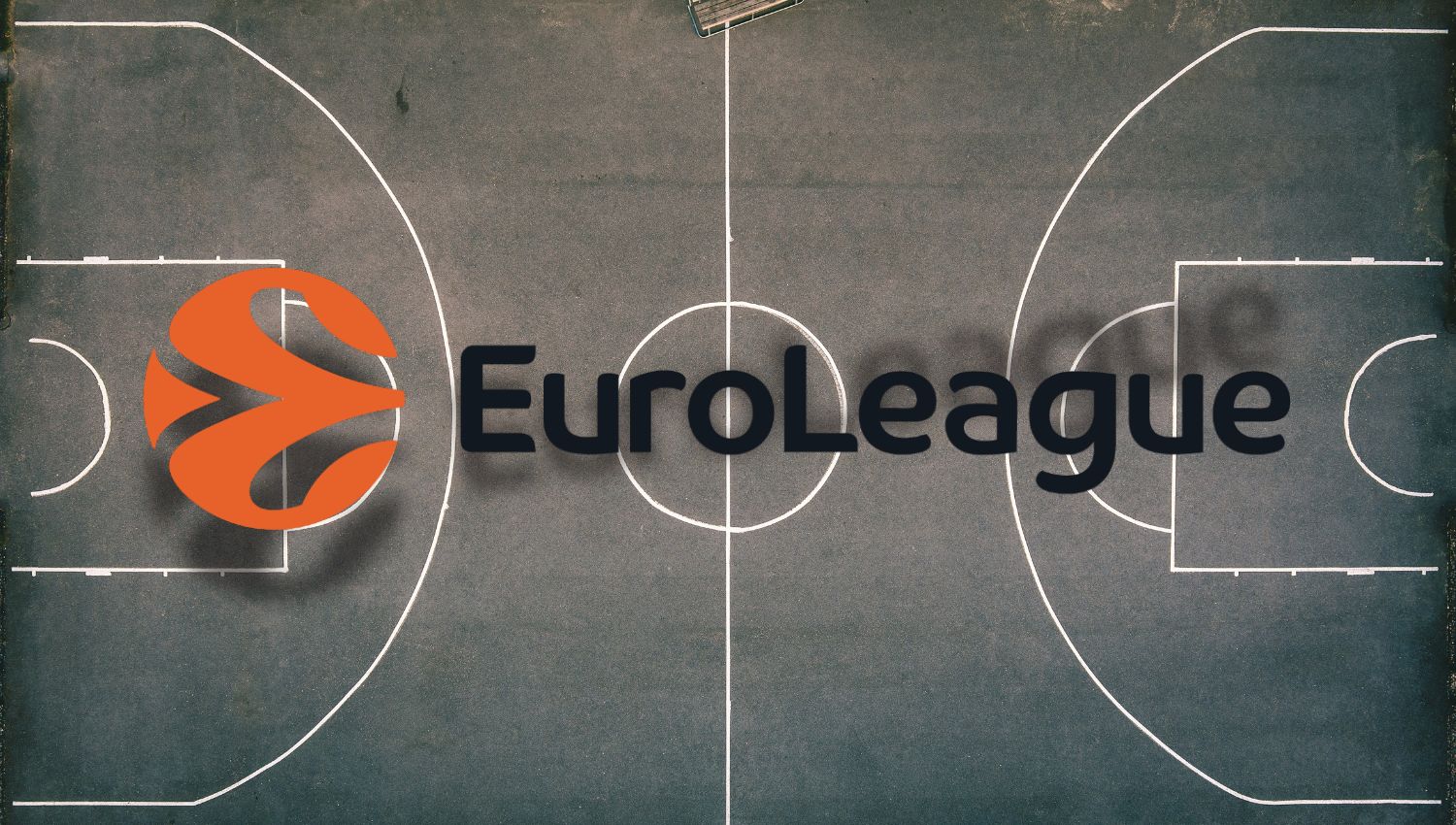
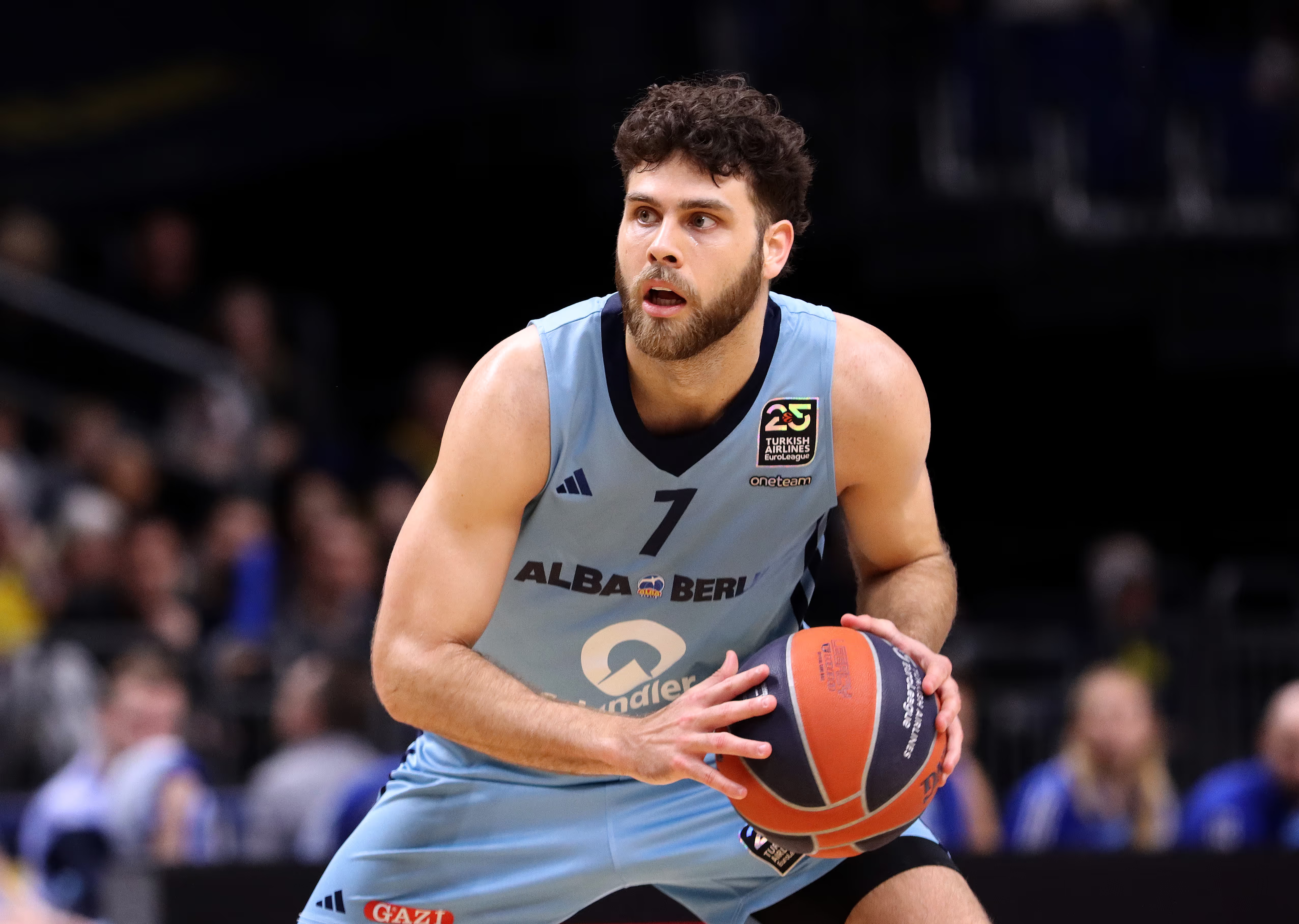
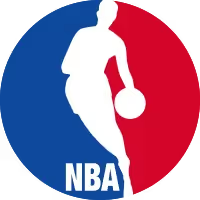

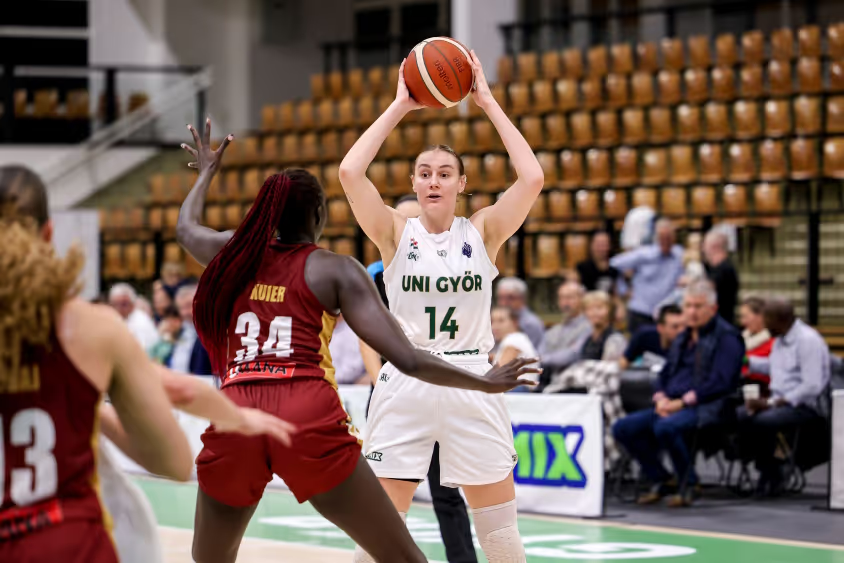










.avif)

.avif)

.avif)
.avif)



